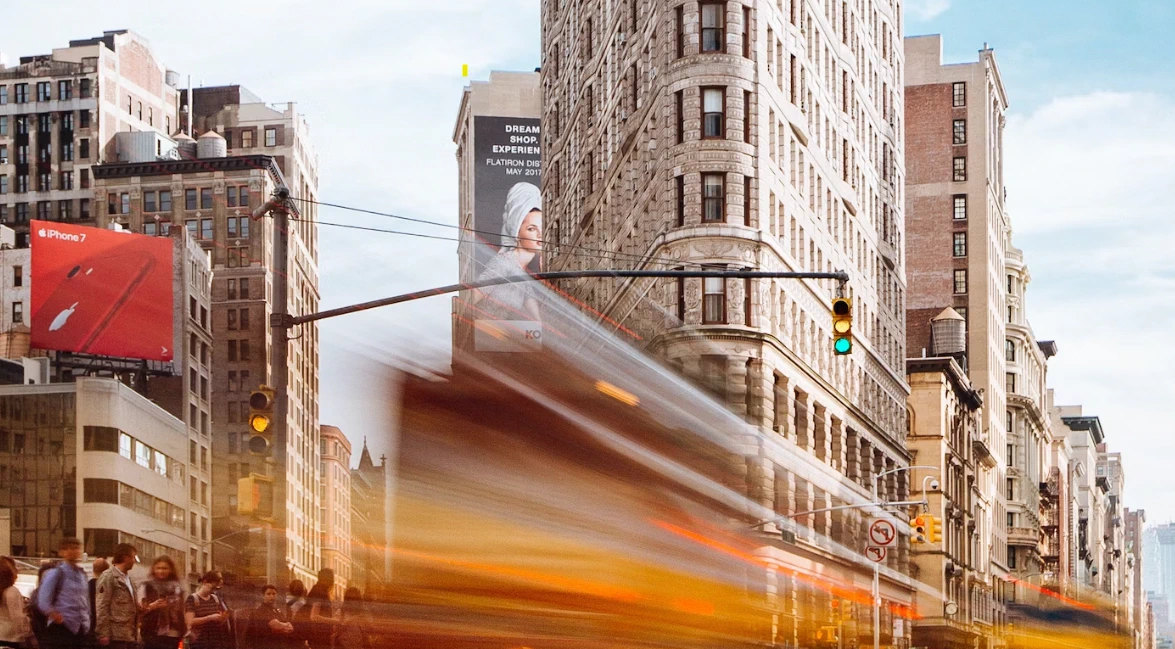In the ever-evolving landscape of urban mobility, the advancement of technology has played a pivotal role in addressing the challenges posed by traffic congestion. One of the most promising innovations in this domain is the introduction of smart traffic lights. These intelligent traffic control systems are transforming the way we manage and regulate traffic, ultimately leading to more efficient, safer, and environmentally friendly urban transportation. In this article, we will delve deep into the world of traffic lights, exploring their features, benefits, and their role in shaping the future of urban transportation.
The Need for Smart Traffic Lights
Escalating Traffic Congestion
As cities continue to grow, traffic congestion has become a common woe. It’s not just a time-wasting inconvenience but also a significant contributor to air pollution, increased fuel consumption, and road accidents. Conventional traffic lights are often ill-equipped to handle the complex dynamics of modern urban traffic, leading to inefficiencies and frustration for commuters.
Emergence of Smart Cities
The concept of smart cities has gained traction in recent years, driven by the desire for sustainable urban development. These cities aim to harness the power of technology to enhance the quality of life for their residents. Smart traffic lights are an integral part of this vision, offering a solution to the persistent problem of traffic congestion.
What Are Smart Traffic Lights?
These are advanced traffic management systems that utilize a combination of sensors, real-time data, and intelligent algorithms to optimize traffic flow. Unlike traditional traffic lights that operate on fixed schedules, smart traffic lights adapt to the current traffic conditions, resulting in a more responsive and efficient traffic control system.
Key Features of Smart Traffic Lights
1. Real-Time Data Analysis
These are equipped with sensors that monitor traffic in real time. These sensors gather data on the number of vehicles, their speed, and the flow of traffic at an intersection. This data is then analyzed to make informed decisions about traffic signal timings.
2. Adaptive Timing
One of the most significant advantages of smart traffic lights is their ability to adjust signal timings on the fly. When traffic is heavy in one direction, the lights can extend the green signal, reducing congestion. Conversely, during low traffic periods, they can shorten green signals to save energy and reduce unnecessary delays.
3. Coordination Between Intersections
Traffic lights can communicate with each other, coordinating signal timings to create a “green wave.” This synchronized system allows vehicles to travel through multiple intersections without stopping, reducing travel time and fuel consumption.
4. Emergency Vehicle Priority
These systems are programmed to give priority to emergency vehicles. When an ambulance or a firetruck approaches, smart traffic lights can automatically change to allow them to pass, potentially saving lives in critical situations.
5. Pedestrian-Friendly Features
In addition to optimizing traffic flow, smart traffic lights also prioritize pedestrian safety. They can extend pedestrian crossing times if needed and provide audio or visual cues to assist visually impaired pedestrians.
Benefits of Smart Traffic Lights
1. Reduced Traffic Congestion
By dynamically adjusting signal timings and coordinating with nearby intersections, traffic lights alleviate traffic congestion. This results in shorter commutes, reduced fuel consumption, and lower emissions.
2. Improved Safety
The ability to give priority to emergency vehicles and extend pedestrian crossing times enhances road safety. Fewer accidents occur, and the response time of emergency services is improved.
3. Environmental Benefits
Efficient traffic management translates to reduced idling times, which, in turn, lowers fuel consumption and emissions. traffic lights contribute to a greener and more sustainable urban environment.
4. Enhanced Quality of Life
Shorter commute times mean less stress for residents, leading to an overall improvement in the quality of life in urban areas. Reduced air pollution also has a positive impact on public health.
5. Data-Driven Decision-Making
The data collected by traffic lights can be used for traffic planning and infrastructure development. City authorities can make informed decisions to further improve transportation systems.

Smart Traffic Lights in Action
Case Study: Los Angeles, California
In Los Angeles, a city infamous for its traffic congestion, the introduction of traffic lights has made a significant difference. By analyzing real-time traffic data and adapting signal timings, the city reduced travel times by an impressive 12%. This not only saved time for commuters but also led to a notable decrease in greenhouse gas emissions.
The Future of Smart Traffic Lights
As technology continues to advance, the capabilities of traffic lights are only expected to grow. Some of the potential developments in this field include:
1. AI Integration
The incorporation of artificial intelligence will enable even more precise and adaptive control of traffic signals. AI algorithms can learn from patterns and make predictions, further improving traffic flow.
2. Integration with Autonomous Vehicles
Smart traffic lights can play a crucial role in the safe integration of autonomous vehicles into urban traffic. They can communicate with these vehicles to ensure a seamless and secure traffic environment.
3. Energy Efficiency
Continuous advancements in energy-efficient technologies will reduce the power consumption of traffic lights, making them more cost-effective and environmentally friendly.
4. Global Expansion
The success stories of traffic lights in various cities will encourage their adoption on a global scale, ultimately revolutionizing urban transportation worldwide.
Summary
Smart traffic lights represent a significant leap forward in addressing the challenges posed by urban traffic congestion. By harnessing the power of real-time data, adaptability, and connectivity, these intelligent systems are revolutionizing urban mobility. They are not only improving traffic flow but also making our cities safer, greener, and more livable. As technology continues to advance, traffic lights will play a pivotal role in shaping the future of urban transportation, moving us closer to the realization of truly smart cities.
Pakistan vs India: Cricket Moments That Defined the Rivalry
Impact of IoT in Manufacturing: Revolutionizing the Industry
Machine Performance Monitoring: Efficiency and Reliability
IoT Sensors: Transforming the Way We Live and Work













